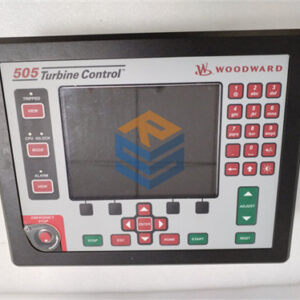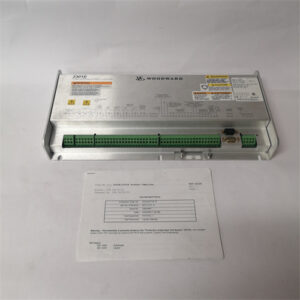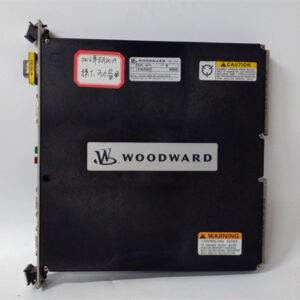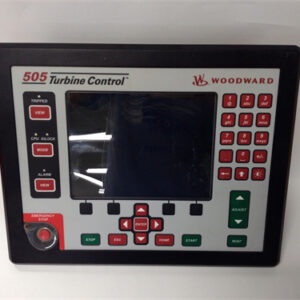الوصف
Let’s break down these Woodward modules. You’re asking about three distinct parts, each serving a vital role in industrial control systems.
WOODWARD 5466-5025
I don’t have enough specific information on the WOODWARD 5466-5025 to give you a detailed breakdown at this moment. It’s likely a specialized or less common module within the Woodward product line. Without more context, it’s hard to pinpoint its exact function.
If you have more details about this module, such as its typical application, the system it’s used in, or any documentation you’ve found, please provide them, and I can try to give you a more precise answer.
WOODWARD 5501-376
The WOODWARD 5501-376 is a Power Supply Module designed for Woodward’s control systems. While specific details can vary by manual and application, its core function is to provide the necessary regulated power to the other modules within a control chassis.
1. SEO-Optimized Titles:
- WOODWARD 5501-376: Power Supply Module for Woodward Control Systems.
- WOODWARD 5501-376: Industrial Power Supply for Automation.
- WOODWARD 5501-376: Woodward System Power Unit.
- WOODWARD 5501-376: Control System Power Module.
2. Product Overview:
The WOODWARD 5501-376 acts as the power backbone for a Woodward control system chassis. It converts an external DC power source (often 24 VDC) into the precise and regulated DC voltages required by the various CPU, I/O, and communication modules in the rack. Its reliability is crucial for ensuring the continuous operation of the entire control system.
- Product Type: Power Supply Module
- Manufacturer: Woodward
- Function: Converts external DC power to regulated DC voltages for control system modules.
3. Detailed Product Description:
Just like any complex electronic system, Woodward’s industrial control platforms rely on a stable and clean power supply. The 5501-376 provides this essential function. It plugs directly into a dedicated slot in the control chassis and takes a nominal DC input voltage (likely 24 VDC, though exact range can vary) from the plant’s power infrastructure.
It then meticulously transforms this input into the various regulated DC voltages required by the other modules. These typically include lower voltages for digital logic (e.g., +5 VDC) and potentially higher voltages for field-side power or output drivers (e.g., +24 VDC).
Often, such power supply modules are deployed in redundant configurations within critical systems. This means two or more 5501-376 modules might be installed, running in parallel. If one unit experiences a fault, the others seamlessly take over the load, preventing any disruption to the control system’s operation and maximizing uptime.
While precise technical specifications like output current capacities and efficiency would be found in detailed Woodward documentation, you can expect this module to be built to industrial standards, offering robust performance and diagnostic features to monitor its health.
4. Typical Applications:
The WOODWARD 5501-376 is fundamental to any industrial application using a compatible Woodward control system, especially where high reliability and continuous operation are critical:
- Power Generation: Providing stable power to turbine and generator control systems.
- Oil and Gas Industry: Ensuring continuous operation of control systems for compressors, pumps, and process units.
- Petrochemical and Chemical Plants: Powering critical process control and safety systems.
- Marine Applications: Supplying power to engine and propulsion control systems on large vessels.
WOODWARD 5501-372
The WOODWARD 5501-372 is a High-Density Analog I/O Triplex Module. This designation immediately tells us it’s a very advanced and critical module, likely used in Triple Modular Redundancy (TMR) systems for high-integrity applications.
1. SEO-Optimized Titles:
- WOODWARD 5501-372: High-Density Analog I/O Triplex Module.
- WOODWARD 5501-372: TMR Analog Input/Output for Critical Systems.
- WOODWARD 5501-372: Woodward Triple Modular Redundancy Analog I/O.
- WOODWARD 5501-372: Precision High-Density Analog I/O for Safety Systems.
- WOODWARD 5501-372: Integrated TMR Analog Input and Output Module.
2. Product Overview:
The WOODWARD 5501-372 is a sophisticated Analog Input/Output (AI/AO) module specifically designed for Triple Modular Redundancy (TMR) applications. This means it’s built with redundant hardware and processing within the module itself, intended for systems where failure tolerance and extremely high reliability are paramount. It handles both analog sensor inputs and analog control outputs from a single unit.
- Product Type: High-Density Analog Input/Output Module (Triplex)
- Manufacturer: Woodward
- Function: Provides highly reliable analog input and output capabilities for TMR control systems.
- Key Feature: Triple Modular Redundancy (TMR) for enhanced fault tolerance.
3. Detailed Product Description:
For applications where even momentary loss of control or erroneous readings could lead to catastrophic consequences (e.g., in critical infrastructure, large turbines, or safety systems), Triple Modular Redundancy (TMR) is employed. The WOODWARD 5501-372 is a prime example of a module built for such an environment.
As a “Triplex Module,” it inherently contains three identical sets of hardware (input circuits, A/D converters, D/A converters, output drivers) for each of its channels. These three sets process data in parallel, and the system uses a voting mechanism (e.g., 2-out-of-3) to determine the correct signal value. If one of the three internal channels fails or deviates, the other two can “vote out” the faulty one, allowing the system to continue operating without interruption or error. This provides exceptional fault tolerance.
The “High-Density” aspect indicates that it likely offers a significant number of analog input and output channels within a single module. These channels would be capable of handling standard industrial analog signals such as:
- Analog Inputs (AI): Typically 4-20 mA current loops or various voltage ranges (e.g., 0-5 Vdc, 0-10 Vdc) from sensors like pressure transducers, thermocouples, RTDs, and flow meters.
- Analog Outputs (AO): Typically 4-20 mA current outputs for precisely controlling devices like proportional valves, variable speed drives, or other actuators.
The 5501-372 also likely incorporates advanced diagnostics to monitor the health of each of its redundant internal channels, as well as the external field wiring. Any discrepancies detected by the voting mechanism or internal self-checks would be flagged, allowing for predictive maintenance or alarming.
Given its TMR nature, this module would be integrated into a larger Woodward TMR control system (e.g., a MicroNet TMR system with TMR CPUs and a TMR chassis), ensuring end-to-end fault tolerance for critical control loops.
4. Typical Applications:
The WOODWARD 5501-372 is specifically deployed in the most demanding and critical industrial applications where safety, reliability, and continuous operation are paramount:
- Large Gas and Steam Turbines: For critical speed, temperature, pressure, and flow control loops where integrity is vital for safe operation and preventing catastrophic failures.
- Critical Compressor Control: Such as anti-surge and performance control where precise and fault-tolerant analog I/O is necessary.
- Safety-Instrumented Systems (SIS): Where the control system itself plays a role in preventing hazardous events.
- Nuclear Power Plants: For highly reliable control and monitoring systems.
- Any Mission-Critical Industrial Process: Where the cost of downtime or an erroneous control action is extremely high.

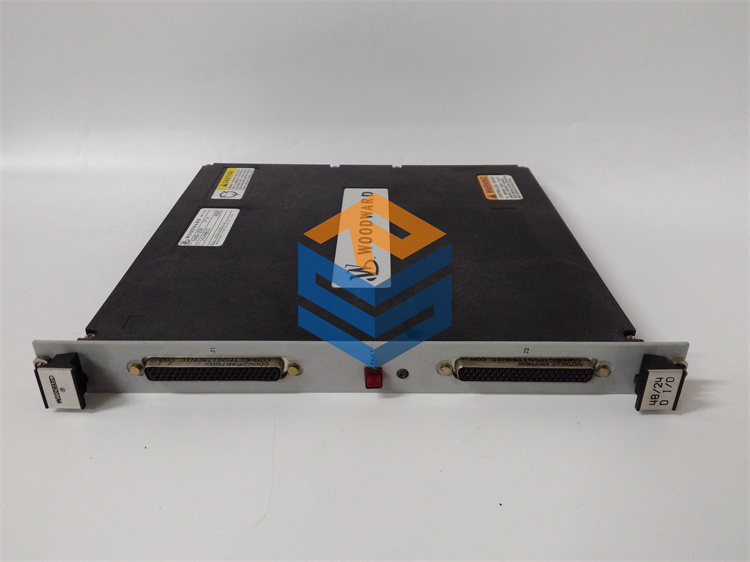
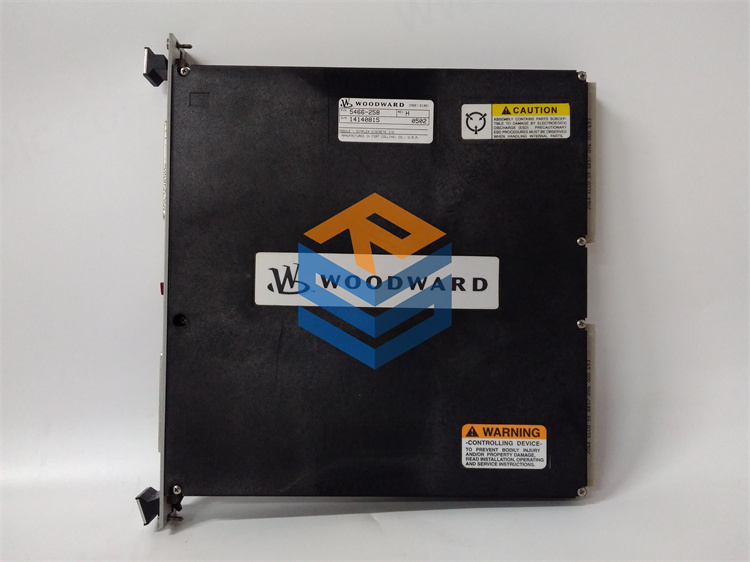

 +86 15340683922
+86 15340683922 +86 15340683922
+86 15340683922